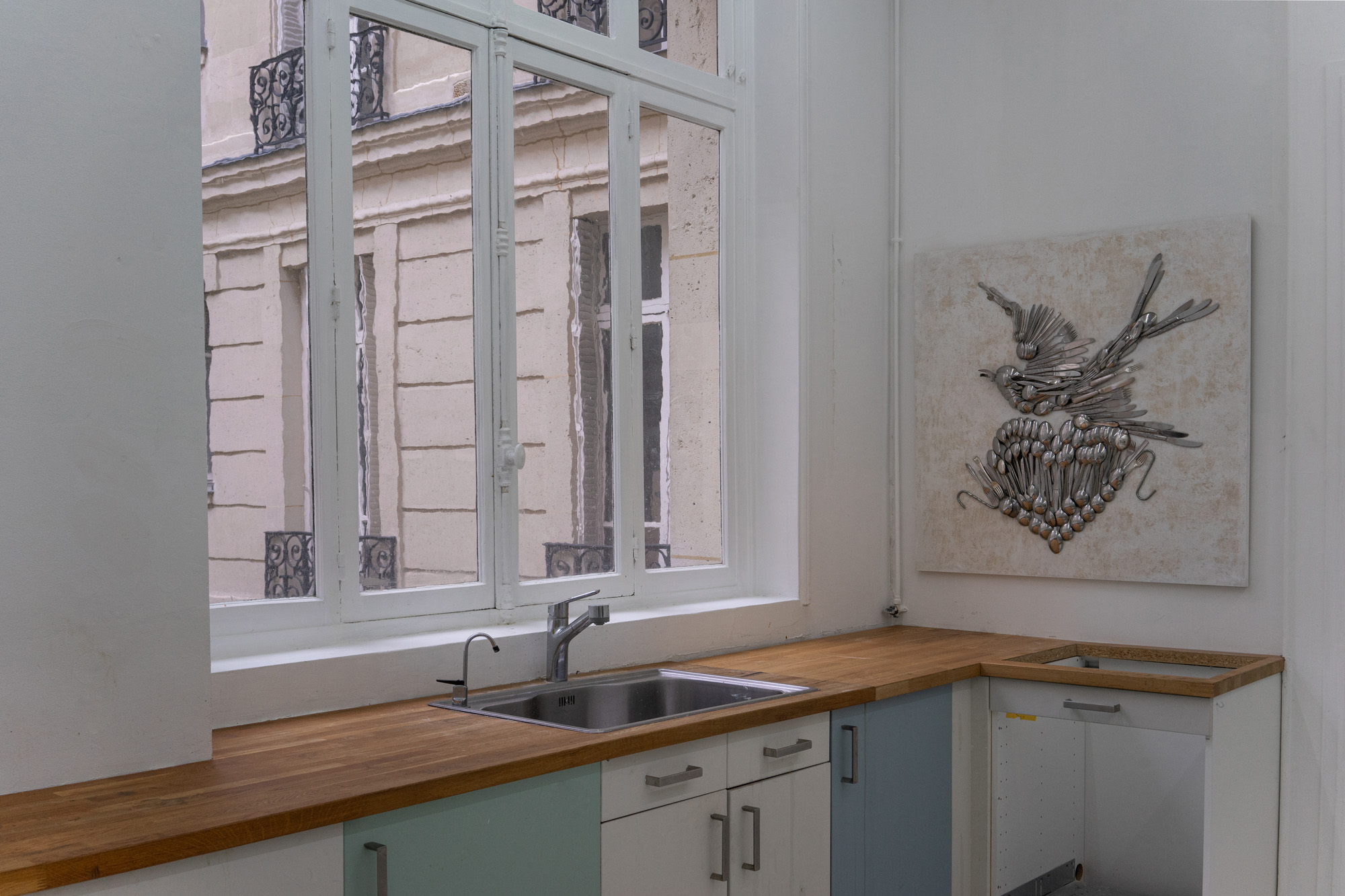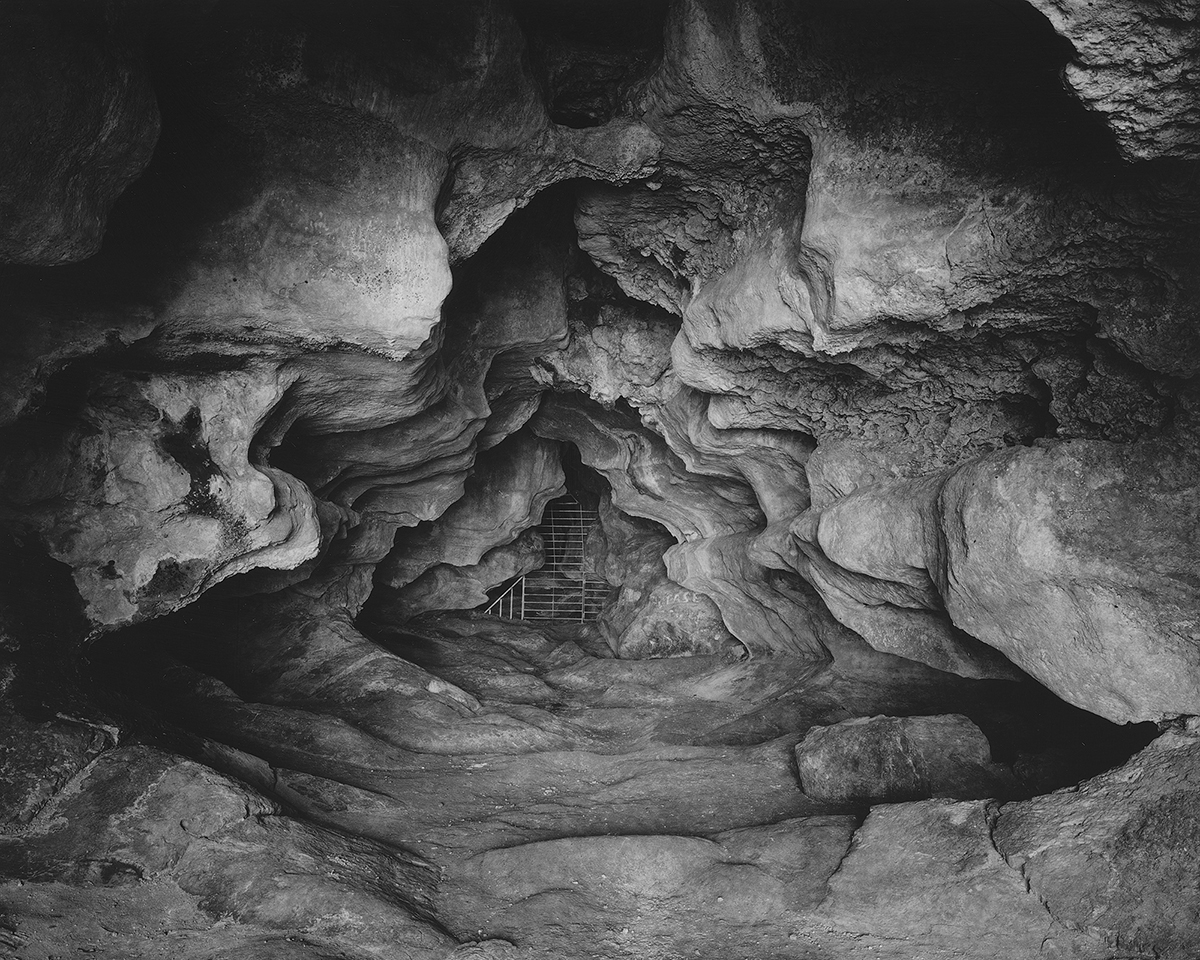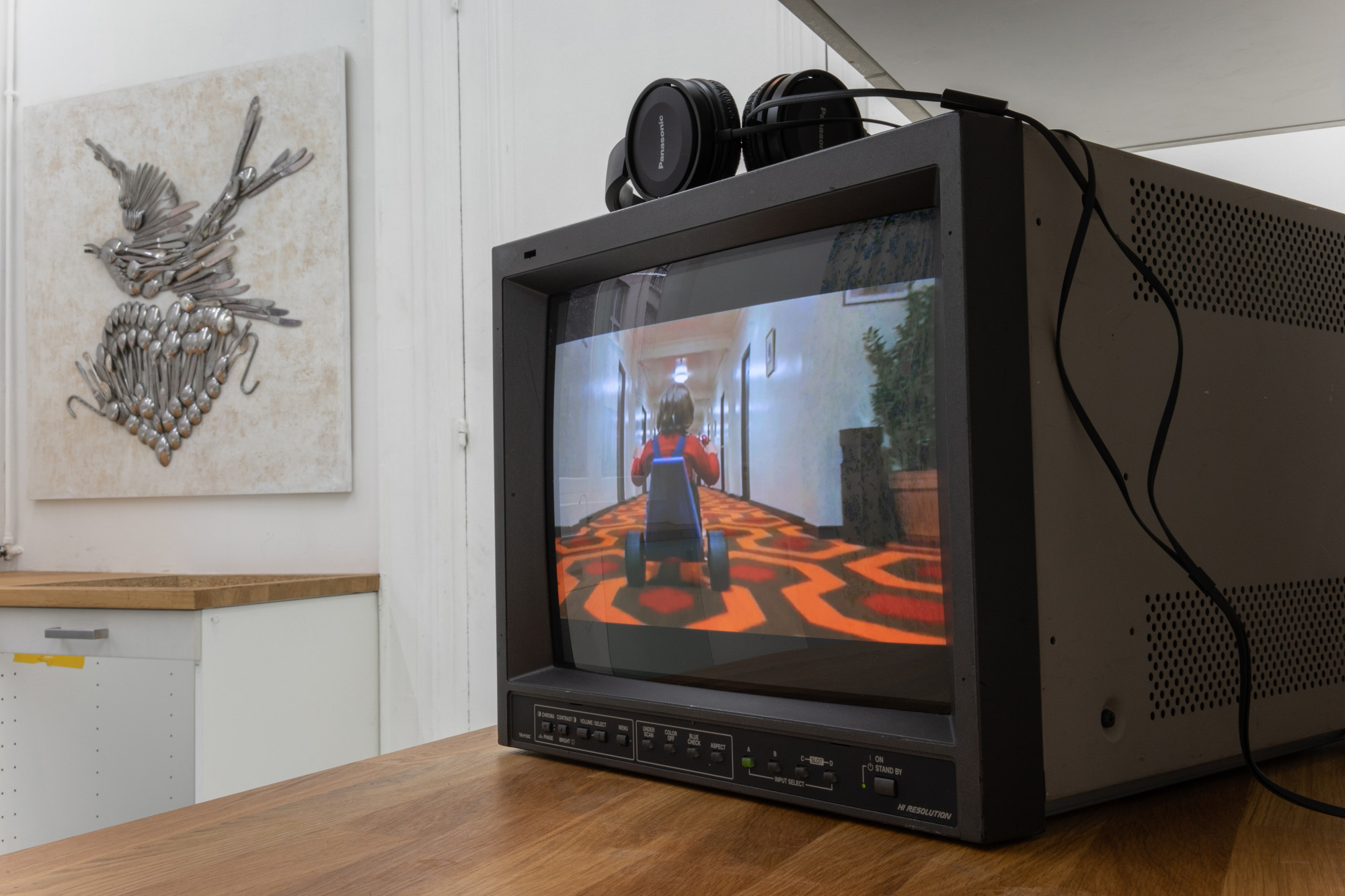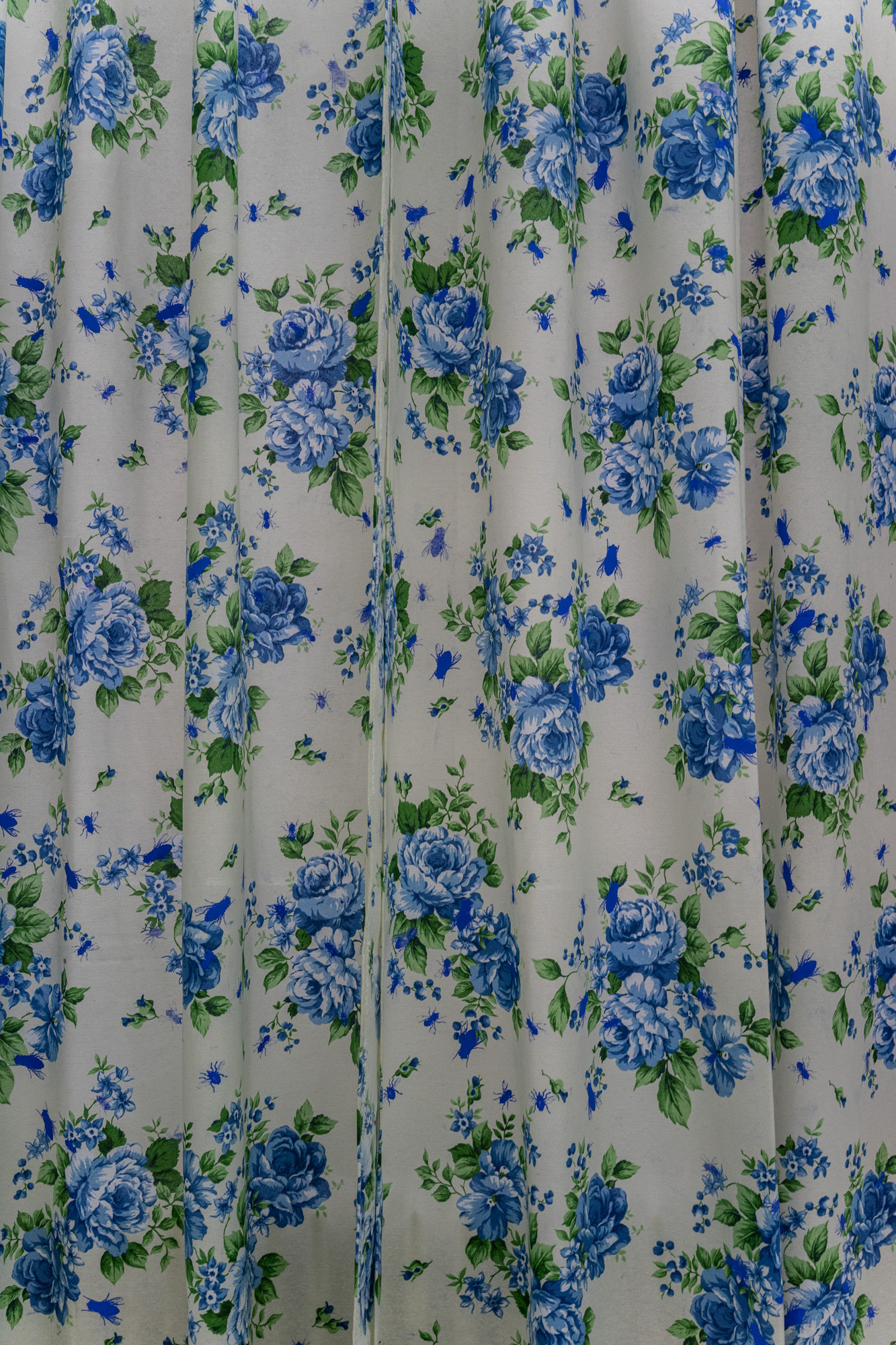PARIS INTERNATIONALE 2021
19 October 2021 – VIP Preview (by invitation)
20 – 24 October 2021
186, Avenue Victor Hugo, Paris
Curated by Sara Dolfi Agostini

BLITZ VALLETTA AT PARIS INTERNATIONALE 2021
This exhibition is a reaction to Paris Internationale’s invitation to take over one of the empty kitchens of the building. Embracing the domestic and historical nature of the place – kitchens and bathrooms are the only rooms that are not emptied when tenants leave – as well as the still vivid memories of the pandemic lockdown restrictions, Blitz’s exhibition tackles the comforting separation between indoor and outdoor, and unravels human interactions with nature and furniture in this highly coded space. The exhibition begins with the psychedelic visions of artist Alexandra Pace in Dreams (2014 – ongoing), a series of ambiguous hand-printed black and white photographs featuring landscapes, objects and bodies. Rather than recording a dream, these artworks relate to the ephemeral state of dreams to create visual narratives aiming at confronting traditional iconographies, inhibitions and loss. Pace’s presentation also includes Corridorworld (2019), a claustrophobic editing of Kubrick’s The Shining. By using fragments of corridor scenes, the artist deconstructs the original film script and builds a scenario in which the characters appear trapped, looped in a state of mutual pursuit without resolution. Pierre Portelli’s strategic camouflage, instead, targets the curtain of a window with the site-specific installation The Blue Garden (2021), turning an invisible, almost neutral threshold between the building and the exterior into an opportunity to discuss psychological boundaries with nature. The title reflects the exuberance of the appropriated traditional Chintz pattern lovingly imprinted with blue roses, a flower that does not exist in nature. The result of a recent genetic hybridization, the blue rose has come to symbolize the unattainable or the impossible in popular culture. However, in Portelli’s curtain a significant number of flies, similarly rendered in blue, have hacked the idyllic picture. The exhibition continues with Portelli’s Homecoming (2011), a tattoo design replicated with cutlery on painted wood. Common throughout the centuries among sailors in the Mediterranean, the swallow and heart tattoos represent a safe return home to loved ones. By replacing the ink with the cutlery and the skin with the quotidian wood of tables, Portelli translates human feelings into a tangible mix of everyday and artistic materials. An exploration into our constructed world of pictures – with its haunting power, especially in times of confinement – the exhibition channels the liminal space between reality and imagination as we reconnect to the world that surrounds us.



THE ARTISTS
Alexandra Pace’s work stems from a metalinguistic reflection on photography, film, new media and technology – a reflection that transcends language to identify the traps, loopholes and ambiguities of a visual space where the anarchic nature of dreams and consciousness challenges memory as much as present experience. Tuning Aby Warburg’s ideas on the emotional side of pictures to internet-conscious terms, she investigates images as both products encapsulated in a specific time and society, as well as intensively interactive, interchangeable, and incomplete elements for different epochs and generations.
In her practice, still and moving images are constantly questioned as they intertwine with perception and nostalgia, fears and desires. Recent artworks conjure faces, objects and filmstrips to redirect our understanding of the paradigmatic nature of the photographic image, both an indexical trace of reality and a product of “more personal ends”, to quote the text of the 1967 exhibition New Documents at MoMA New York. Pace’s decision to employ photograms and traditional darkroom printing techniques is an attempt to overhaul virtuality and reconnect time and symbols to physical experience and modern history. Defying the viewing limits imposed by the pandemic, her striking black and white aesthetics and antiquated patina are reminders of what cannot yet be achieved with a fully digital process. The natural elements and anthropomorphic shapes featured in the compositions take the viewer inside out, back to our origins, where perception can operate representation or turn the world into a hallucination.
Since the 90s, conceptual artist Pierre Portelli has investigated processes of change through puns, tongue-in-cheek sculptures and playful inversions of daily orders. With an interest in humble materials inherited from Arte Povera and a deep and instinctive understanding of popular culture, he tackles what is made invisible by routine or deemed ‘off limits’ because of shared social value – such as culture, common sense, religion and profane but adamantine tradition. Whether pocket size or monumental in scale, Portelli’s works are equally imposing, naturally ironic, and often site-specific. From converted bottles of holy water to gilded bread loaves, furry monochromes ready for shaving and squads of front-facing broom heads with a secret message, his artworks are all meant to prod people and tease their comfort zone – physically or intellectually – knowing that engagement always comes at the cost of taking a critical position in favor or against the artwork. Eventually, the barrier between onlooker and object is transcended, allowing an encounter between different social worlds and the forging of meaning beyond the artist’s highly scrutinized intentions. His most recent artworks challenge a society that professes a love for nature yet prefers the profits of profligate overdevelopment or nature’s artificial lookalike presence, stripped of annoying elements such as insects, dirt or pollen. In a time when physical and mental healing interweaves with a more conscious relation to nature, and climate change is less of an abstract concept than it used to be, Portelli’s irony is soft and poignant, touching the strings of pride to question care beyond self-care.
All photos are courtesy the artists and Blitz Valletta I Photos by Alexandra Pace.
THE EXHIBITION IS SUPPORTED BY
THE MINISTRY FOR FOREIGN AND EUROPEAN AFFAIRS
OF THE REPUBLIC OF MALTA AND THE EMBASSY OF MALTA IN FRANCE
